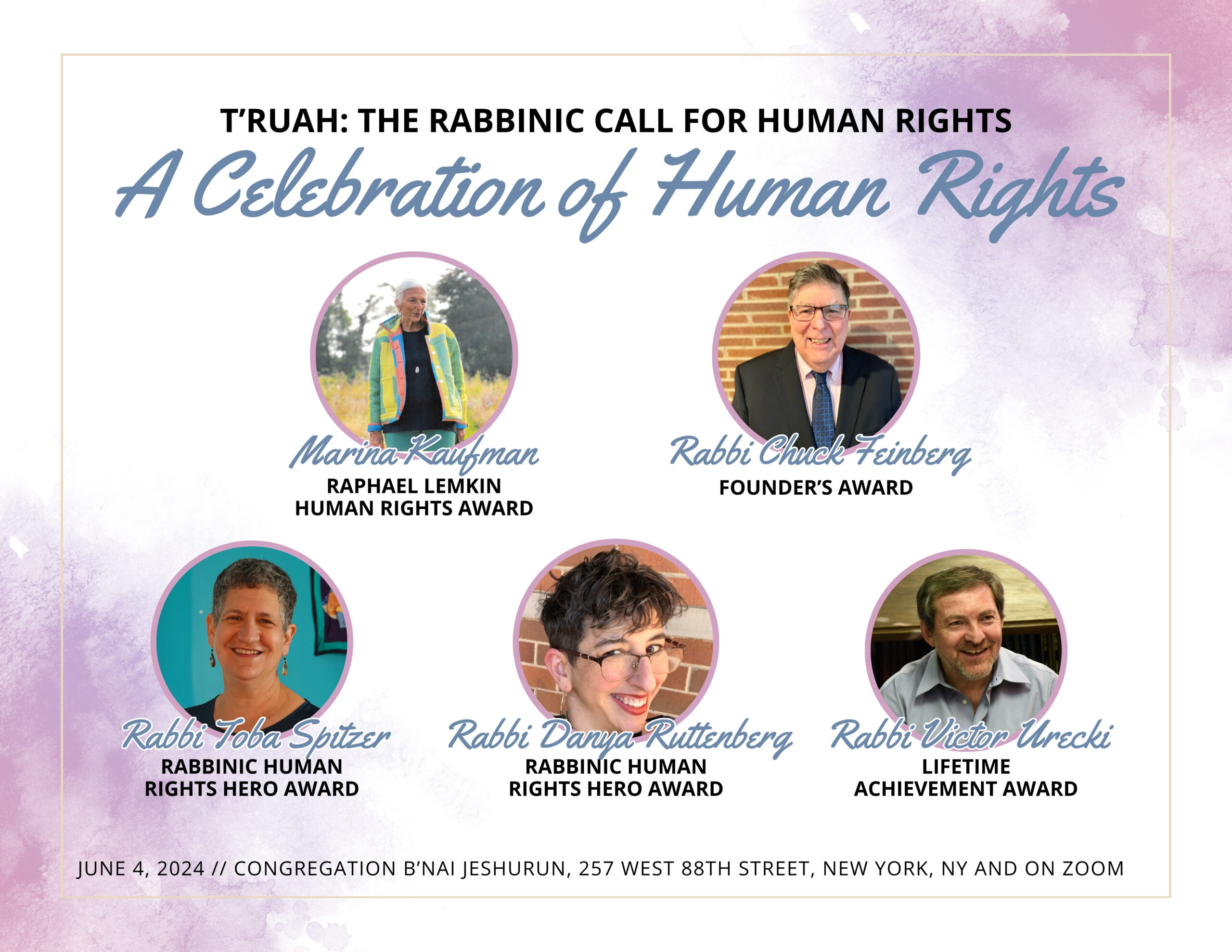All of Jewish theology can be summed up in this week’s sedra, Beha’alotecha. After many weeks of reading about the events at Mt. Sinai, the cloud of God’s glory lifts from the Tabernacle as a signal for the desert journey to resume (Numbers 10:11). That cloud is the key. We first encountered it as the Israelites were leaving Egypt, leading the people towards the Red Sea (Exodus 13:21). A few chapters later, when God gives the Israelites manna for the first time, the cloud is identified with Kavod Adonai (Exodus 16:10). What exactly is this cloud?
In order to better understand it, we turn our focus to one simple word, a word that turns out not to be so simple after all: Kavod. It’s not so easy to translate. The best we can do is look at the root kavod in other biblical contexts:
- In Leviticus (3:4), kaved refers to the liver. In the ancient Near East, the liver was considered to be the seat of emotions. This is due to its central location in the body.
- In Proverbs (27:3), kaved is used as an adjective to describe a stone that is heavy.
- In the Psalms (11:16), kavod is a noun that refers to honor, used in parallel with the word for riches.
- In Genesis (45:13), kavod is held up as an attribute to attain, as exemplified by the case of Joseph, who attains kavod while in Egypt.
- The prophet Isaiah (6:3) famously uses kavod in his description of the whole earth being filled with God’s kavod (glory).
- Exodus (24:16) uses Kavod Adonai to refer to the Presence that dwelt on Mount Sinai.
Kavod, which is commonly translated as dignity or respect, is a word that bridges the creation of the world, the miracle of the Exodus, the authority of Moses, and the revelation of Torah at Mount Sinai. All of Jewish theology is combined in the symbol of the cloud and fire, which could easily be the logo of the Jewish people. In a place where the words are difficult to translate or understand, our path is illumined by the radiant light of Kavod Adonai.
We come from a tradition that teaches that we are all created in the Divine image. Therefore, we are bound to affirm human dignity at every turn. In the rabbinic tradition, the word for human dignity is Kavod Habriot—literally—respect for human beings. All of our social justice work is based on the principles of dignity.
When I was a college student at George Washington University, I remember watching a friend throw a quarter at a homeless man on the street. My friend could not understand my concern. “I’m helping him,” he said. “He still gets the money.”
It’s true, I suppose, that the homeless man was still helped. But to provide help in a way that is harmful or insulting is sometimes worse than not helping at all. T’ruah has done an extraordinary job of bringing to light the social justice concerns that desperately need our attention. Our job is to not only help those in need, but also to do so with human dignity as the central value behind all that we do.
People tend to recall more clearly the times when they have felt hurt, embarrassed, or humiliated by another. If we could remember the unpleasant moments of shame and embarrassment in our own lives, perhaps we would avoid causing such feelings in others.
The work of kavod is not easy. Perhaps, that’s why the same word means both heavy and dignity. The hard part is treating others with human dignity—whether an acquaintance, a stranger, or even an enemy.
Rabbi Peter S. Berg is Senior Rabbi of The Temple in Atlanta, Georgia.


